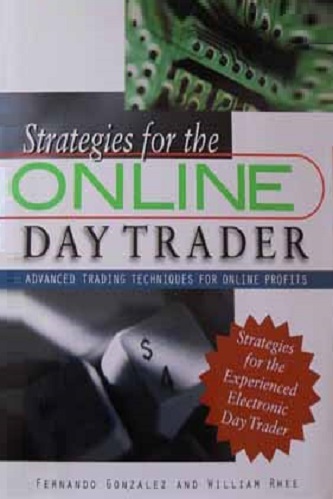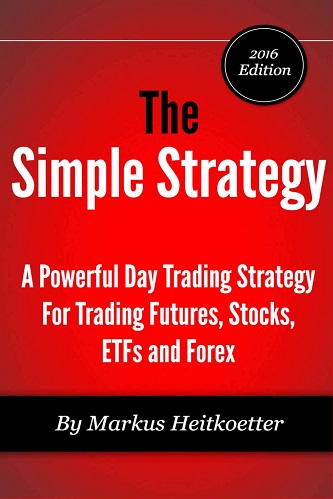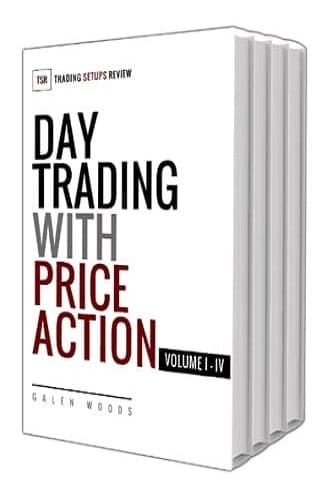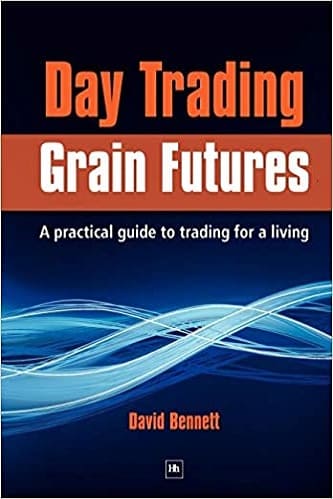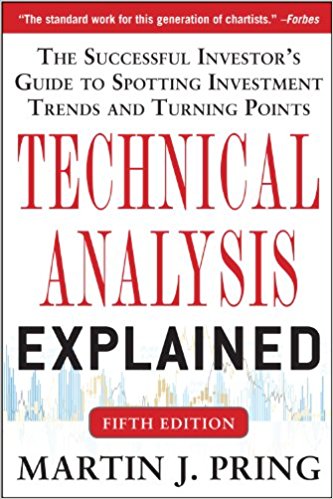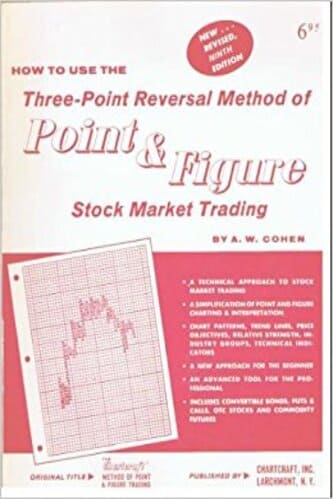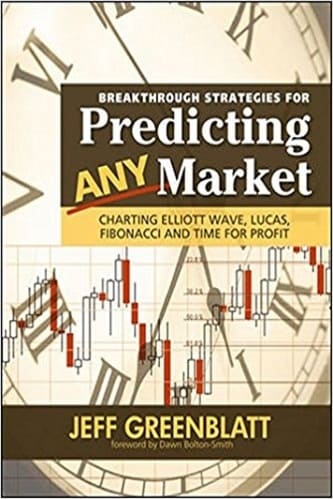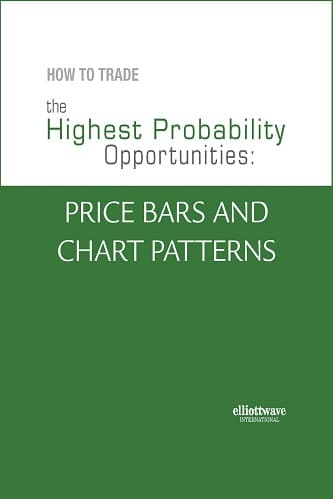Articles
The Power Of Fusion Trading By Josh DiPietro
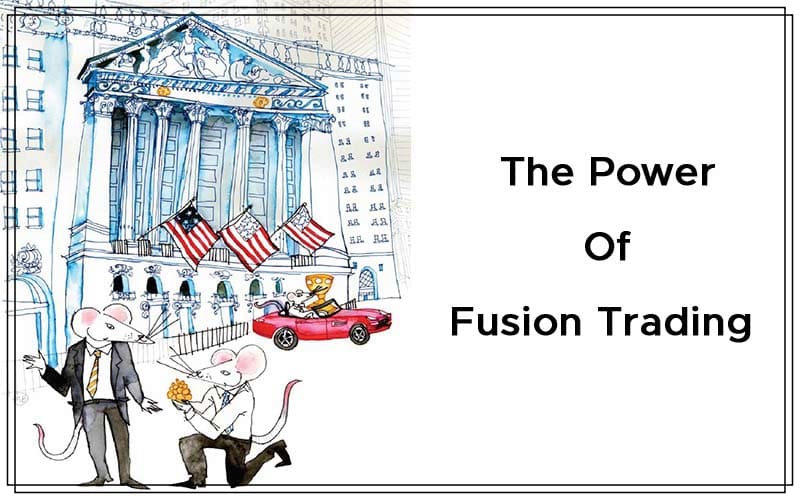
Applying a trading system can be simple or complex but you have to start somewhere. Here’s how one trader combines elements of different types of trading styles to create a trading strategy that outperforms his previous trading strategies.
Fusion Trading
I came up with a new trading methodology, which I will introduce in this article. I refer to it as fusion trading—a term I came up with—for quick reference. I use it all the time but you won’t find it listed on Wikipedia—not yet, anyway. Neither will you hear the word fusion on Wall Street, unless you bump into one of my graduates. Though the term is something I came up with, the framework of my system is not new. The fusion method is implemented by most professional daytraders, especially countertrend traders, like me.
It provides traders on Wall Street with the legendary calibre they’re known for. The more you get acquainted with this system, the more you’re going to realize that the same key price levels I trade are traded in high volume on Wall Street. I’m just a mouse riding the coattails on the Street, because I’ve found a way to capitalize on the breadcrumbs they leave behind. My fusion system reveals how to capture profits after huge Wall Street price movements and with a high degree of consistency. After all, consistency is the keystone of Wall Street.
In this article I offer one example of a classic fusion trade setup. It illustrates the importance of knowing both intraday and swing trading strategies. I say “classic” because my system is far more complex than what I can show you here. It would be egregious to map something simple that supposedly works all the time for all traders and all stocks. That would be seriously misleading. Though my sample setup is the framework of how my system works, please keep in mind that it’s only the map, not the actual road in the jungle. This is also true of my new book, Day Trading Stocks The Wall Street Way. The rules and procedures I cover here and in the book do not apply in all stock situations, and won’t be applicable for all traders. Each trader has different skill levels and different amounts of capital to work with.
The key to mastery is hands-on training, and knowing your stocks well. Ideally, you should have been trading your stock for months. That’s the prerequisite to learning this system (or any real daytrading system). For example, some stocks are higher-priced and move much faster than others, so you need to know how to adjust your entry & exit points. This is the most difficult to grasp, so when I mentor people in my program, this is what I focus on. There’s no way you can learn a trading system in just a few days or weeks, and then apply it to all stocks across the board.
I constantly tell my readers and trainees that this trading system is hard because it works. Any real daytrading system is going to be highly involved, with many rules and procedures to follow. So if you’re serious about learning a real trading system, expect to be overwhelmed by complexity. My system will do that to you, but the good news is that once you learn and then master fusion trading, you’ll love its transparency and reliability.
How Does Fusion Trading Work?
It’s a combination of trading off swing levels and strong intraday levels. Think about it: you can’t place an intraday trade without knowing where your stronger swing levels are. And you can’t place swing trades without considering the newly forming intraday price levels that trump swing levels in premarket trading (which are intraday price levels). My fusion system is the interconnection and the secret to the support & resistance levels arrived at daily on Wall Street. There’s no guesswork and no bogus indicators. There’s nothing but real price levels, all done the Wall Street way.
The challenge to any trading system is to know which entry/exit price levels work best for you and to know how many shares at each level. Later I’ll provide tips and a sample trade setup that will clarify these critical essentials. My previous articles published in this magazine (see “Further reading” at end) provided information about my intraday trading and swing trading strategy. For those who haven’t read those articles, I’ll include a breakdown of each system.
The Nuts & Bolts
My entire system is based on countertrend trading. This means I never enter a trade until after the breaking of a strong predefined support or resistance level. And when that level breaks, I still don’t enter. I wait for an additional price run.
Predefined means that I never guess the direction a price will continue to run. I’m not trying to chase the trend. I’m doing exactly the opposite. Say a support level is at $200. I’m not hoping that the price will run further than $200. I’m not trying to short further down. Instead, I’m waiting for the $200 level to hit. When it does, I’ll go anywhere from 50 cents to $1.00 past that level before I enter the trade long (to buy) at 199.00. My system does not depend on knowing how far a trend will continue. It’s quite the opposite.
Before I begin to trade, typically the price will have dropped or jumped $10 or more. So in a nutshell, my system involves sitting on the sidelines, patiently waiting for a huge run in the stock price. Then I come in (I buy long or sell short) at key levels for a small profit on the price reversal after a strong swing level has been breached. In other words, my profits take place on the small reversals in price after a huge trend has exhausted itself.
All my stocks are priced in the $100 to $250 range because I’ve found that they’re the best stocks to trade with my system. They tend to move fast and they offer more setups. The underlying reason is these stocks tend to be traded by institutional capital, that is, Wall Street. This guarantees that there will always be consistency in liquidity and volume, and most important, your support & resistance price levels will be more responsive when broken. If you want to trade like Wall Street, then you need to trade Wall Street stocks.
The fusion trading system is the interconnection and the secret to the support & resistance levels arrived at daily on Wall Street.
I’m not saying the Street doesn’t trade lower-priced stocks. It’s just that stocks over $100 tend to be the most consistently traded and have the most volatility. Those are the stock traits that make Wall Street money, and that’s how my system works. Volatility is my best friend. If you use my system, it will become your best friend too. The joining of my intraday and swing level systems is truly a fusion—hence my use of this word. The two are not mutually exclusive. I use intraday and swing levels simultaneously to capture the perfect fusion trades.
Intraday Trading Strategy
I’ll begin by explaining my intraday trading strategy, and how it pertains to the fusion. Those readers who recall that I take 15-cent profits on intraday setups should note that is no longer what I do. Fusion trading allows for every trade to become a swing trade. That means you can take larger profits on every intraday entry. For example, I now realize at least $2.00 on every trade. That means a $200 profit on every 100-share block trade. My minimum trade is 100 shares per setup (although you can trade with fewer shares). You will see this in my chart setup example that I show later, where I use Linkedin Corp. (LNKD) as an example.
Suggested Books and Courses About Day Trading
Strategies for the Online Day Trader: Advanced Trading Techniques for Online Profits
Original price was: $5.47.$2.74Current price is: $2.74.Day Trading with Price Action Course By Galen Woods
Original price was: $169.00.$20.60Current price is: $20.60.But none of this means I quit using my intraday system for setups. I still use the core intraday system, but the difference is that now I only utilize the strongest levels. The basics of the intraday portion of my fusion are fairly straightforward. I only need four main price levels:
- Premarket high/low
- Previous day high/low
- Daily chart highs/lows
- Newly formed intraday highs/lows.
On any given day, there will always be more than one high and more than one low to consider. The most important level is the premarket. This is because on that particular day, I need to know what levels may hit. I also log the previous day and daily levels. Once I have those, I determine what my plan is for after the bell rings. I use a whiteboard to log all the price levels for each that were formed prior to the bell. Later I’ll show some images of this process and I’ll also explain in greater detail how to use it.
I can offer you some basic golden rules for my intraday strategy. They’re what I can show you for now, but when you’re out there, things get more complex. The basic golden rules are:
- Always know your second entry before you enter your first trade.
- On all your initial trade setups you must have at least one swing level within $3 of your first entry. If not, then no initial trade.
- You must have a maximum of three tiers for each intraday trade setup.
- Never have two entries within 50 cents.
- When intraday trading, your entry price will always be a static 25 or 50 cents past your chosen support/resistance level: 25 cents past intraday high/low levels, 50 cents past prior levels, All levels are 50 cents past up to 9:45 am (the first 15 minutes of trading).
These rules are the key to my strategy, but they’re bare-bones. I have literally 100 more rules and procedures for capturing the correct entry levels. This isn’t my entire intraday strategy, and you shouldn’t try to trade using just these rules without knowing the system entirely.
And Now For My Swing Trading Strategy
My swing trading strategy is based on the daily candlestick chart. Certain key levels on the daily chart are strong pivot points. Here I focus on two main criteria. One is that the price level must have held at least four days to both its left and right. That means it’s held at the price level for at least nine days before breaking. The other is that you can’t have two daily chart price levels within a dollar of each other.
In Figure 1 you see a chart that shows how this works. A daily price level becomes a swing level when it’s held for at least 10 days after the daily level has already formed. There’s far more to this than this one rule, but for now it’s my primary focus. When you have established your swing levels, you’ll wait for the first tier to hit without making any entries. You’ll always enter at least $1.00 past the daily price level. Your profits will the first tier to hit without making any entries. You’ll always enter at least $1.00 past the daily price level. Your profits will exit at a 50% profit. But in general, your swing exits will be $2.00 profits on each tier.
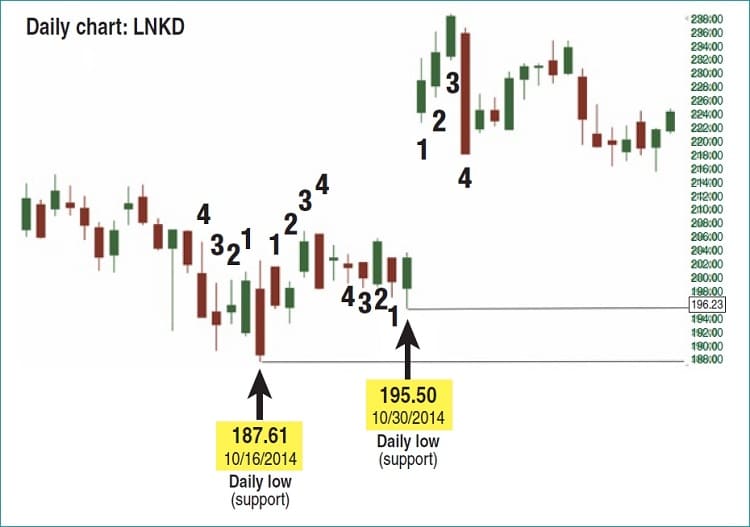
FIGURE 1: SWING TRADING STRATEGY. A daily price level becomes a swing level when it’s held for at least 10 days.
As with intraday setups, when you’re swing trading, there are rules and procedures that feed every trade decision. Flexibility makes this system work. For example, you may have five swing support levels, that is, five swing tiers to trade. But that doesn’t mean you trade every level. Depending on your capital and skill level, you may want to wait for the fifth tier to hit, and not trade the first tier.
On To Fusion
Now that you’ve got a feel for my intraday and swing trading frameworks, the mechanics of fusion will now make more sense to you even though it’s just the tip of the iceberg. The setup charts I have shown using LNKD should help to cast some light on my procedures. I’ll start by reminding you of the most important rule of fusion trading:
You enter your intraday trade within $3 of a swing entry. If there’s no swing level, there’s no intraday trade, and therefore no fusion trade.
Suggested Books and Courses About Chart Patterns
Technical Analysis Explained: The Successful Investor’s Guide to Spotting Investment Trends and Turning Points
Original price was: $19.75.$9.88Current price is: $9.88.How To Use The Three-Point Reversal Method of Point & Figure Stock Market Trading
Original price was: $12.00.$6.00Current price is: $6.00.Breakthrough Strategies for Predicting Any Market: Charting Elliott Wave, Lucas, Fibonacci and Time for Profit
Original price was: $19.47.$9.74Current price is: $9.74.How To Trade the Highest Probability Opportunities: Price Bars and Chart Patterns
Original price was: $28.11.$14.06Current price is: $14.06.In a nutshell, you start with your swing level, and once you’re within $3 of that price level hitting, you start to consider your intraday entries and setups. But before going there, I need to point out that the main rule of trading within $3 of a swing level has different applications. You have several options. You can start fusion trading before the first tier swing hits if within $3, but this is an advanced strategy. For the beginner, it’s better to wait for the first tier swing level to hit before starting to fusion trade once the price is $3 past your swing entry, and/or within $3 of your second tier swing entry.
Step By Step
I will now walk you through the process. Here you’ll see the less-advanced but still relatively complex version. For example, you’re going to find that LNKD hit its first tier swing entry, so a trade was executed. The fusion trade didn’t occur until after the price had run $3 against the initial entry. In this example, the second entry is an intraday setup. I have one swing entry of 100 shares, then a second intraday entry of 100 shares. The fusion trade is a 200-share trade, and it runs for more than a $2.00 profit.
This is how I begin my first entry. You need to know your first tier swing level before anything else. In Figure 2 I show a screenshot taken from my online trading room. Notice the right column has the support levels derived from the daily chart. The first tier swing is $195.50 because it has held for at least 10 days (in this case, for several months). Also note that there are two other lower levels in blue, and the fourth is in red.
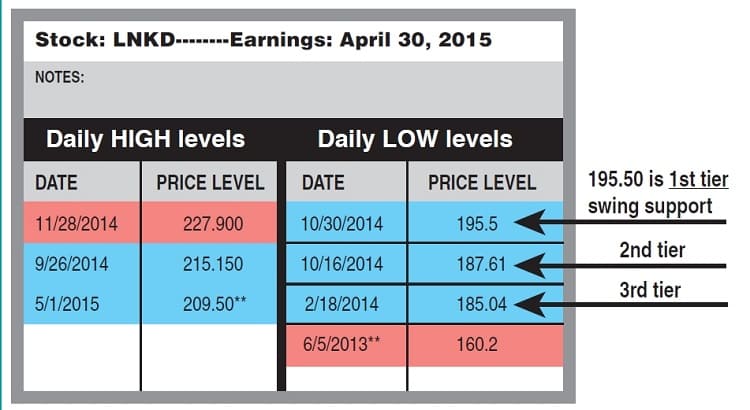
FIGURE 2: FIRST ENTRY. Here you see the support levels derived from the daily chart. The first tier swing level is $195.50 because it has held for at least 10 days (in this case, several months).
This is because I have a 5% rule. Your swing tiers must be within 5% of the first tier. In this case, $195.50–185.04 is approximately within 5%. The $160.20 price level (fourth tier) is outside 5%. You have three swing tiers to trade, and the first level is 195.50.
Now that I know my first tier swing level is $195.50, I wait for the premarket levels to come within $3 of it hitting. If it comes within $3 in premarket, then it’s likely to hit on that day. In this example, the premarket low hit $196.87, as shown in Figure 3. Without fail, every morning I keep track of my whiteboard price levels. They are always my intraday and daily levels and swing levels. Figure 4 shows how I log these critical numbers, which appear to be simple. I have my premarket lows, previous day lows, and swing lows. Don’t let the previous day’s low confuse you because it’s lower than the swing level. Remember, the swing entries are $1.00 past the daily levels. In other words, on the previous day I almost entered the swing, but it didn’t hit $194.50. The low was $195.26.
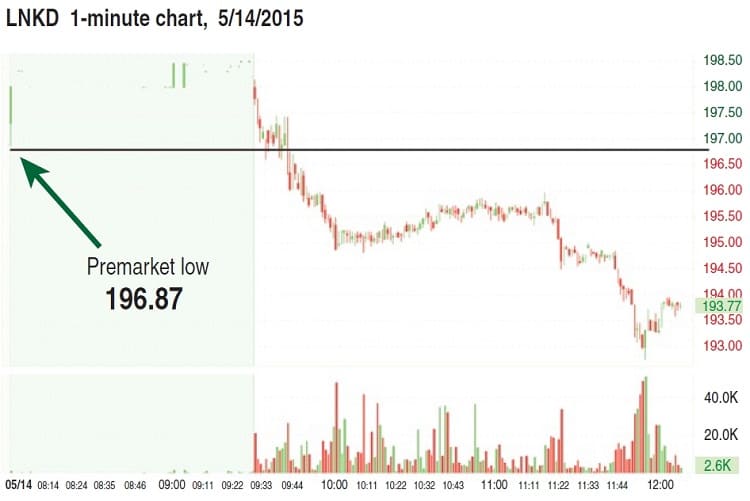
FIGURE 3: PREMARKET LEVELS. The premarket low hit $196.87.
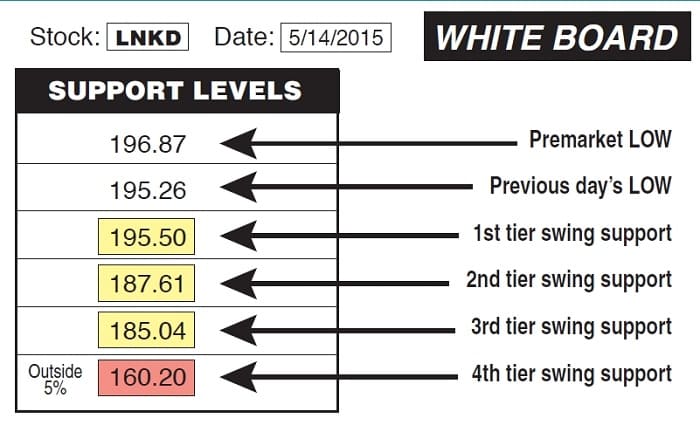
FIGURE 4: INTRADAY, DAILY, AND SWING LEVELS. Here you see how these levels are logged.
Figure 5 is a screenshot of the actual whiteboard that I use at my own trade station. I have several on my wall. While I traded on private equity floors in Manhattan, I learned that whiteboards are effective. Writing down my price levels and having them displayed on the wall right in front of me works better than maintaining yet another monitor just to squint at a grid full of numbers. How you log your numbers is up to you, but I strongly recommend a whiteboard. You need to know your numbers at all times and see them with one quick glance. Note that the numbers on the whiteboard screen shot don’t reflect the example used in this article.
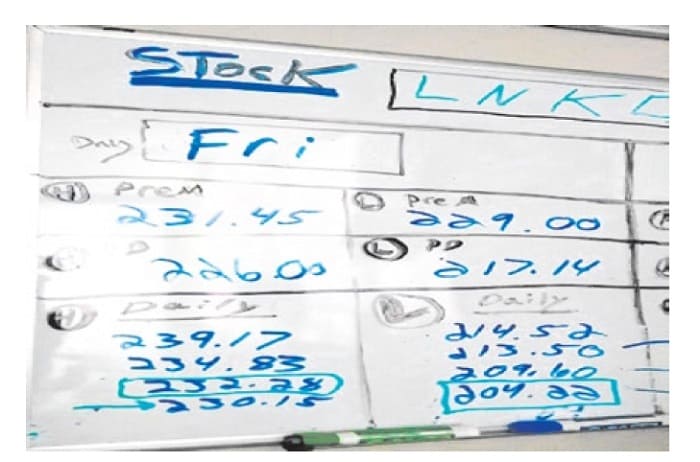
FIGURE 5: EXAMPLE OF WHITEBOARD. This is typical of what I write down each morning.
Once I have my whiteboard numbers verified, and premarket is within $3 of my swing price hitting, then all I do at that point is wait for the swing entry price to hit ($1.00 past 195.50). But what if it goes lower?
As shown in Figure 6, I have two other swing levels to trade. I’ll enter at those two levels as well, if they hit. If you can’t afford all three levels, you wait for the third tier to hit. It may or may not hit. You can also try trading with only 50 shares, which means you will make a smaller profit. From looking at the chart in Figure 6, you may be thinking that if the price ran to the third-tier level, that is $185.04, you would be in the red. That would be correct but that’s day trading. As long as you have a plan and you’re working with real price levels, then being in the red is okay. That’s especially true when you’re countertrend trading. Understanding this is the most difficult part of learning to use my program. The psychological hurdle is not easy to conquer but after gaining faith in this highly consistent system, you get comfortable being in the red, because you always have a plan. The plan is to utilize this system to make overall net profits.
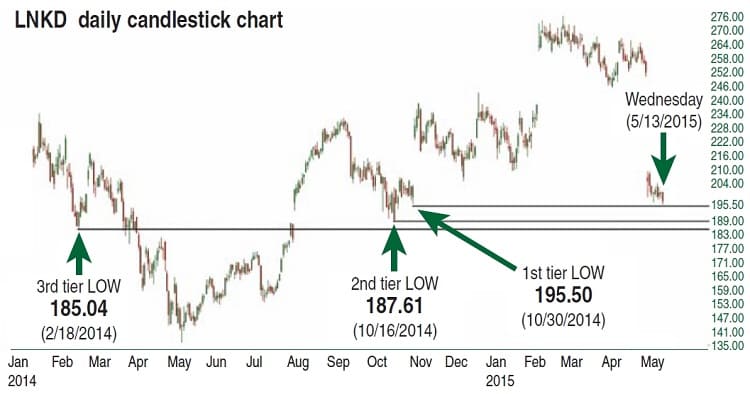
FIGURE 6: MORE SWING LEVELS. Here you see the first-, second-, and third-tier lows.
Just because you exit the trade doesn’t mean the trade is over. For example, I have several advanced fusion trading strategies that can turn a stop loss into a net gain. I can’t explain those strategies on paper but Figure 7 will shed some light. You can see that the $194.50 price finally hits on May 14, 2015, after 11am. That’s when you place a $2 limit order to exit, for a $200 profit when trading with 100 shares. But do not expect the trade to reverse right away.
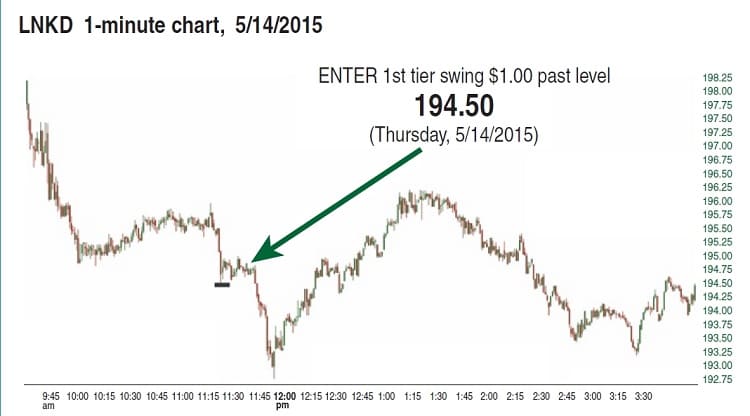
FIGURE 7: TURNING A STOP-LOSS INTO A NET GAIN. Price didn’t hit the $2.00 limit order and neither did it go lower and hit the second tier swing. Thus, you don’t exit or accumulate shares.
Notice that on May 14, 2015 the price never hit the $2.00 limit order of $196.50 and neither did it go lower and hit the second tier swing. That means that you don’t exit or accumulate shares so I held my swing position overnight. Only swing trades can be held overnight.
The next day, May 15, 2015 (Figure 8), you see that price moves sideways for most of the day. It remains in a tight range between $193 and $196. Similar to the previous day, I had no exit or new swing entry and no fusion trade. Again, I held the trade overnight. Note that the price never runs more than $3 past my entry, which means I have no fusion trade off an intraday level. In order to consider a fusion trade, I need a price level below $192.
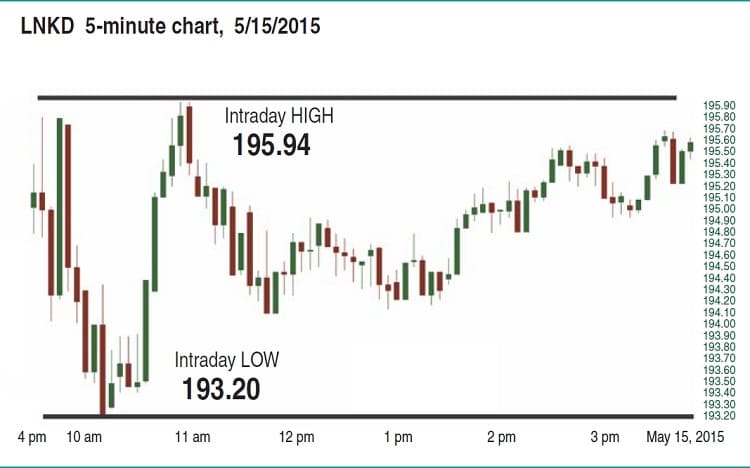
FIGURE 8: NO FUSION. Price remained within a tight range between $193 and $196. Again, no trade was made and the position was held overnight.
In Figure 9 notice the premarket low is $191.80. This means I have the opportunity to enter an intraday trade that is not a swing level—it’s a fusion trade. I can run the trade back for a $2.00 profit, which is different from my old system of just taking 15 cents per trade.
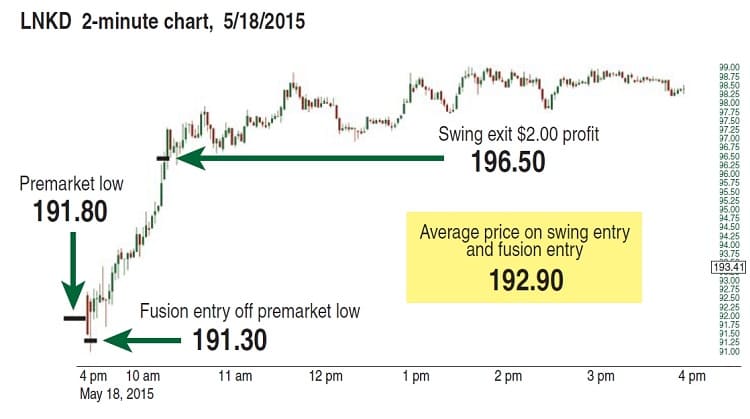
FIGURE 9: A TRADING OPPORTUNITY EMERGES. The price dropped below $192. I can enter a trade that is not a swing level.
Now That You Have The Framework…
I’ve shown you the framework to my intraday system, so you know that my entry will be 50 cents past the premarket low. So my fusion trade will enter at $191.30. I keep my share amounts equal. Therefore, I enter a fusion trade with 100 shares at $191.30 on May 18, 2015. I then have 200 shares with an average price of $192.90. If I had placed 500 shares on the first tier swing entry, then my fusion should be 500 shares. If I placed 50 shares on swing entry, then fusion is 50 shares, and so on.
Recall that my swing exit is $196.50. My fusion trade plan is to ride the price back to my swing exit of $196.50. It happens to hit on the same day and I make a profit on this fusion trade of $3.60 per share giving me a total profit of $720 (200 shares x $3.60).
What if the price never hits a swing entry after I enter a fusion trade? That would give rise to a stop loss scenario. In that case I would have to exit my intraday position (the fusion trade of 100 shares) at the closing bell. Remember that you can’t hold an intraday position overnight. But you still have your swing 100-share position to ride back for a profit. Either way, your net trade will be in the green when you use this intricate system properly.
You can fusion trade every day while in a swing trade, as long as you’re either within $3 of your next swing entry or more than $3 off your current swing position. You can also just swing trade with no fusion trades by holding your swing position for a $2.00 profit. You have several options when trading this system.
It’s fusion when you’re trading both intraday and swing levels, but you could just trade a swing level. If you want to trade only swing levels, you still need to be fully aware of your intraday levels, whether you’re trading them or not. For example, if the premarket low (intraday level) hits below your swing entry, then you need to adjust your swing entry. In that scenario, it would be 50 cents past the premarket low.
If you want to trade only swing levels, you still need to be fully aware of your intraday levels, whether you’re trading them or not.
It’s difficult to fully grasp fusion trading in a short article. It was difficult to adequately clarify the framework even in my book. You see the map, but it is not the road. You are now aware of the fusion system and you can see the potential that lies within it. It’s up to you to find a way to use it.
Josh DiPietro is a daytrader and author, and he provides mentorship programs for aspiring daytraders. He is a frequent speaker at MoneyShow and Traders Expo conferences.

